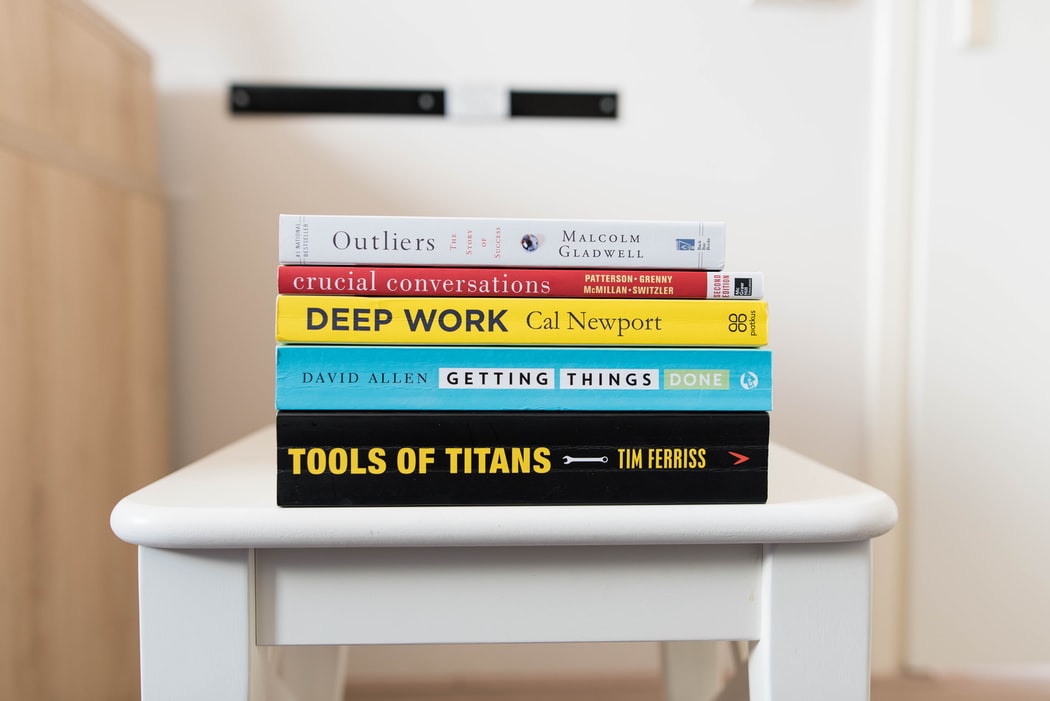Table of Contents
Are you ready to get things done and knock out your to-do list at lightning pace, but…
- You’re too busy sorting through the madness to actually accomplish anything?
- You have piles of papers and receipts that you’re not sure are worth keeping but are taking up space in your house?
- You try your hardest to remember to run every single errand, only to get home and realize you forgot something?
Don’t you want to be one of those cool, calm collected people? You’ve seen them. They’re well-dressed, their clothes match, their homes are clean and organized, and everything has a place. How do these people exist? And how can you BE one of them?
Thanks to the ‘Getting Things Done’ method by David Allen, maybe you can. Allen presents a formula and system to master a state of productivity and take your project to the finish line. Read on to find out how this system can help you build systems to reduce error and clear your mind and schedule.
‘Mind Like Water‘
As David puts it, your mind is like a computer. The conscious part is the desktop and the unconscious part is the storage. The more items are running on your computer, the harder it has to think to recall items, which often results in delays, crashes, and reboots.
If you have random urgent and important tasks constantly flashing through your mind, this will send you in a panic, pull you in seven directions at once, and cause your system to quickly crash.
The GTD method offers you the equivalent of a back up hard drive, where you can keep your thoughts and ideas for reference and review. That way, your desktop (or conscious mind) is clean, clear, ready to work, and process the things you need to get done.
Step 1- Catch the Water Drops
In order, to achieve ‘mind like water’ start by collecting all of your thought drops. This means cleansing your mind of your To-Dos and getting them in one place. These ‘To Dos’ probably won’t come to you all at once, but will drop into mind at unexpected moments.
It’s best to create a ‘bucket’ system that will catch these thoughts to be processed at a later time.
Sit down with a notebook and empty your brain. Jot down everything (and I mean EVERYTHING) you’ve got on your mind that needs to get done.
This can include lofty life goals, places you would like to travel, a grocery list, or project task of the day. Whatever it is, get it out of your head and on to a piece of paper.
Tools
For this process, you can use a voice recorder, a notebook, or digital tools and apps including Google Sheets, Evernote, Wunderlist, or Todoist.
Step 2- Clarify/ Process
How do you define completion of your goal? What is your strategy and road map to get there? Break out each of your goals into smaller steps that will progress you in that direction. Make sure everything on your To-Do list has a small step next to it that you can take action on immediately.
“Those who fail to plan, plan to fail”
‘Lose weight’ would become ‘Meal prep and plan’ and ‘Exercise 20 minutes each day’.
I always like to ensure my goals are SMART (specific, measurable, actionable, realistic, and timely). To make your to-do list SMART, define it with numerical value, and set a deadline.
Lose weight’ would become ‘Lose ten pounds by April 30th’.
Step 3- Organize
Your goals should be in lists placed where you can easily scan and refer back to them. Categorize your lists (‘Errands’, ‘Life Goals’, ‘Books to Read’) and separate them into Projects and Subtasks.
You can also draw inspiration from Steven Covey’s ‘7 Habits of Highly Effective People‘. He suggests you categorize your To-Do’s by the roles you assume as a person. For example ‘Entrepreneur’, ‘Mother’, ‘Pet-Owner’, etc. I have found categorizing my To-Do List by the different roles and personas I adopt creates a healthier life balance.
Once your task list is created, plot each item into your calendar to make time to check it off your list.
Step 4- Reflect/ Review
Reviewing your To-Do List will help you stay on top of your system so the natural force of entropy doesn’t occur. This will also keep your mind ‘Clear Like Water’ knowing things will be taken care of.
Step 5- Engage/ Do!
Obviously, this is the most important part of the process. Once you have your system and To-Dos in place, sit down and start cracking. Be sure to process every task equally. Don’t set aside things that are uninteresting or complex. Assess if something is actionable, make it actionable if possible, and categorize accordingly.
I recommend reading David Allen‘s book for the full picture on how to be the productivity superhero you’ve always wanted to be.
I hope you too can use this system if you want to karate chop your To-Do list into oblivion. Here’s a handy little workbook to help you get started:
Happy organizing!


Comments are closed.